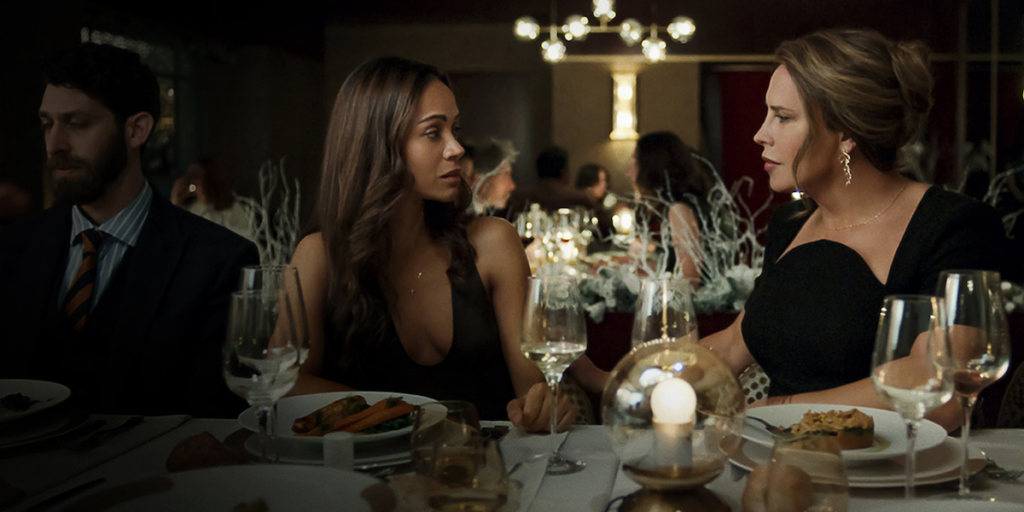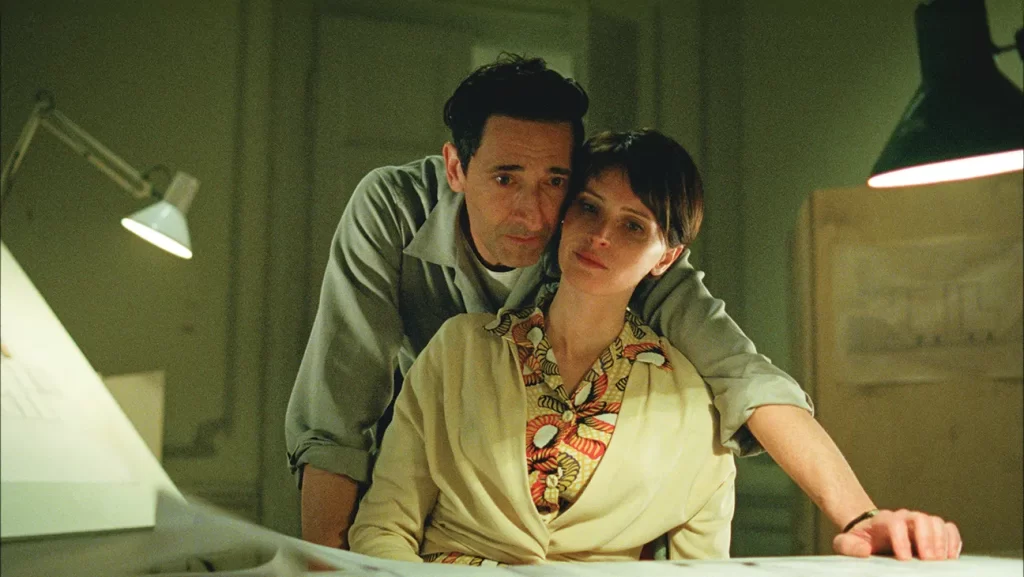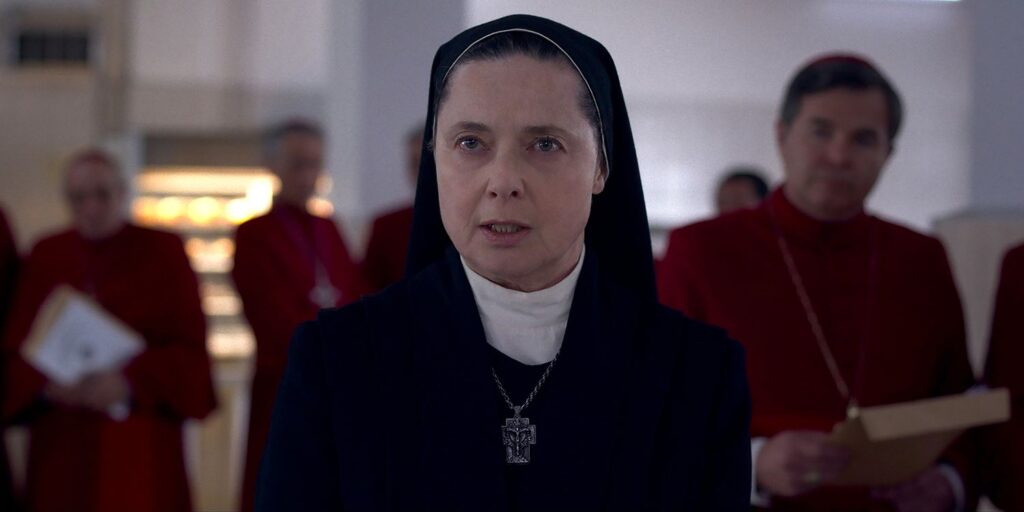The art of editing is what makes movies, movies. An editor’s visual prowess is what holds the narrative together and creates a tapestry so our minds understand what’s happening before us. You shouldn’t see great editing until after the film is over. When you fully process all you’ve seen, you appreciate the craft and how each piece adds to the experience of the whole.
When there were only five Best Picture nominees, if a film wasn’t nominated in Film Editing, it was unlikely to win Best Picture. With the expanded field, if that axiom holds true, these editing nominees are also nominated for Best Picture and have the best chance at winning the award. As much as that thought makes fans of the other five Best Picture nominees squirm, a Film Editing nomination is a real indication of a film’s overall Oscar potential. Without the recognition of good editing, the film is not respected as a well-rounded movie. So, what will a potential voter be looking for in each of these films?

If it is technical prowess, then either Juliette Welfling for Emilia Pérez or Myron Kerstein for Wicked would get the most due consideration. Nothing challenges an editor like a movie musical. There are many takes of each sequence, and matching a certain cut with the voice on the soundtrack is complicated and unwieldy. Not to mention, the dance must be choreographed perfectly for the second time so that the dancers aren’t ahead or behind the song. It’s a tricky feat of alchemy.
If it is supporting a grand vision, then David Jansco for The Brutalist has the best shot. Jansco is editing in a way that shows the scale of his director’s epic vision. The cuts are sparse at times and quick in others, but never faster or slower, always just right. It’s a precise game, as The Brutalist is much longer than many of its competitors, but it has a rich story that demands length. Every cut Jansco makes is a story in and of itself.

If it is maintaining the delicate balance of humor and drama, then Sean Baker for Anora pulls off a perfectly balanced film. Baker is able to pivot so delicately that we laugh just as the tears begin to form, or we gasp just as a chuckle leaves our throats. Being the writer and director as well as the editor means he’s been able to guide his whole vision from start to finish. It shows in the editing that there is coherence to the entirety of the film, and even with rewrites, adlibs, and reshoots, he created something whole and cohesive in a way that stays with you.
If it is on pure visual storytelling, Nick Emerson for Conclave is the clear winner. There is something great about a perfectly placed insert, and Emerson crafts these small scenes with aplomb. Emerson drops clues and shows revelations better than anyone else on this list. Conclave is a mystery thriller that relies on dramatic tension to sell its plot. The cuts are quick yet calm. They create sequences that logically move the plot forward in order to keep us on our toes and keep our breath held until the next shocking reveal.

Any of these editors is worthy of the Oscar for their tremendous work. It’s any film’s game when the entire Academy, some of whom have likely never stepped foot inside an editing suite, gets to pick from the list. Though, Nick Emerson’s work on Conclave just happens to be the best of the bunch and it’s hard not to see his name being read on Oscar night.





